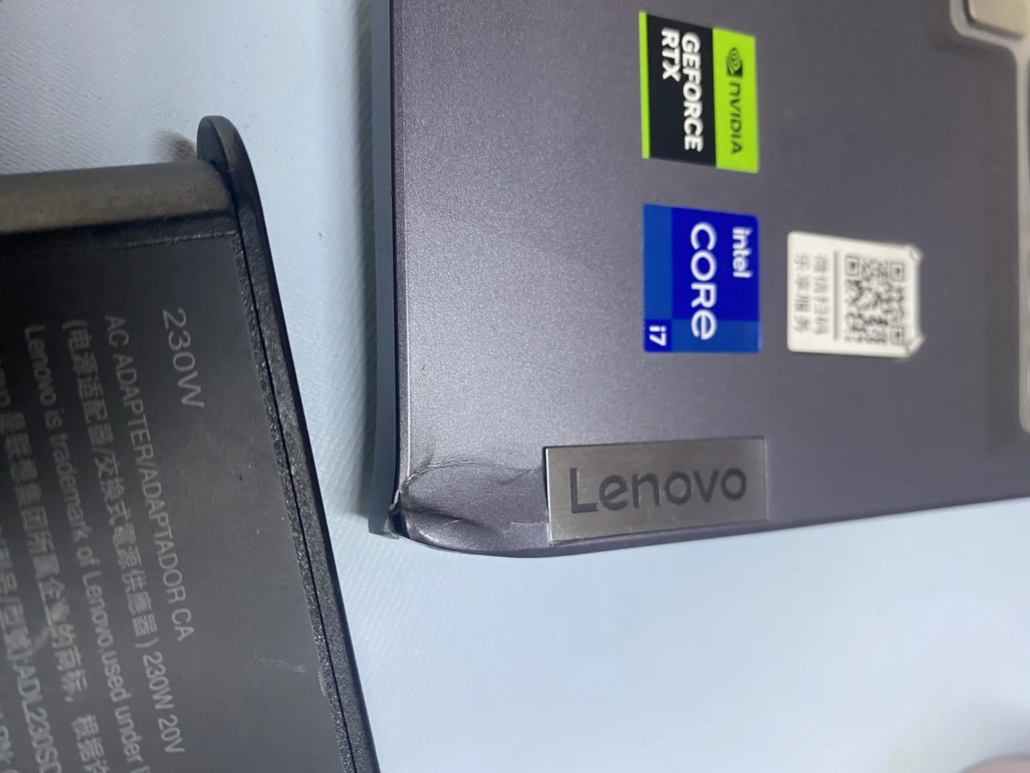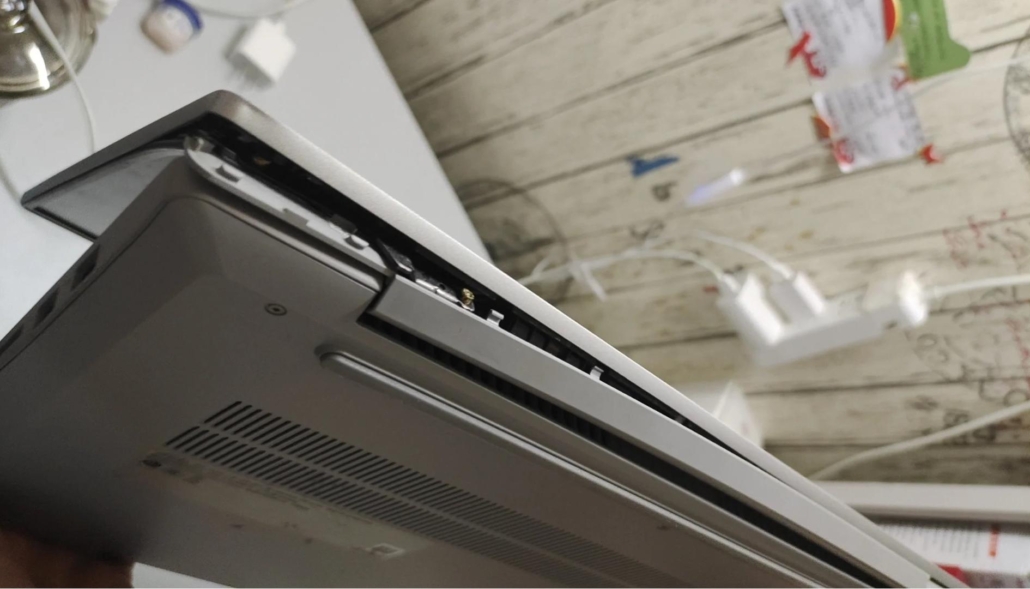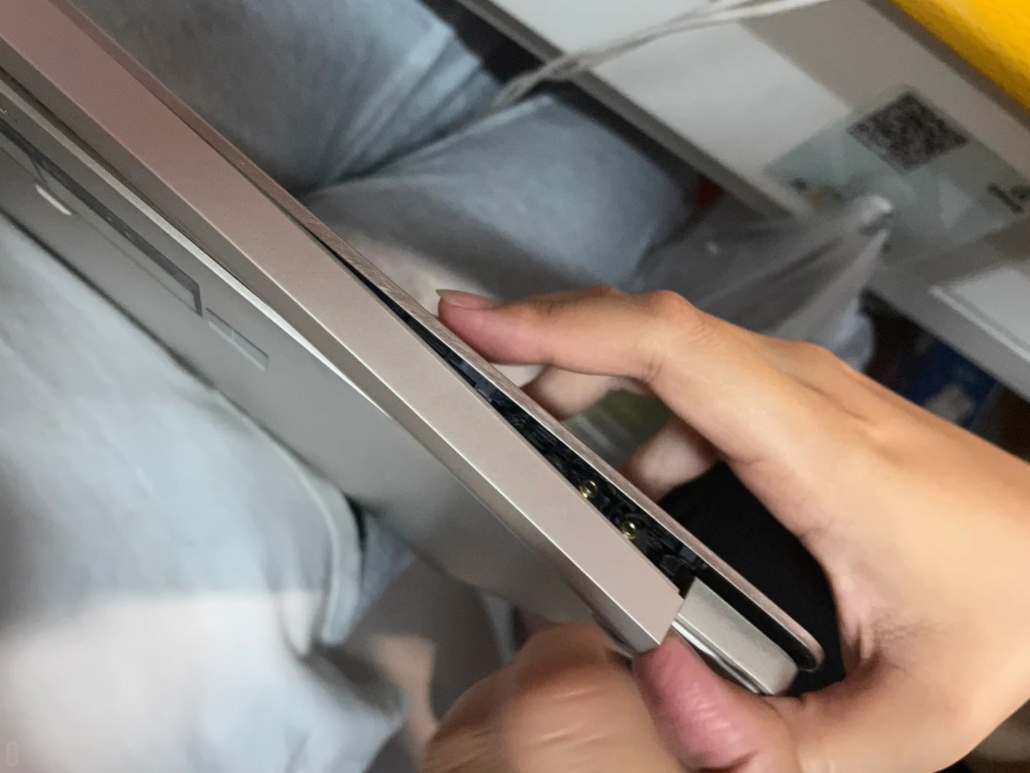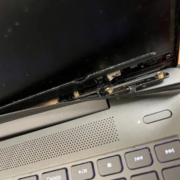A professional guide to fixing a cracked laptop cover
Cracked or damaged laptop bottom cover (also known as D shell or bottom cover) is a common problem encountered by repair shops and dealers.
Whether due to accidental drops, manufacturing defects or long-term wear and tear, a damaged bottom cover can cause structural instability, poor heat dissipation, and even damage to internal components of the laptop.
As a trusted laptop parts supplier, we will analyze the following issues for you in detail:
1.Reasons for cracked laptop bottom cover
2.The risks of ignoring this problem
3.The best solution for repair companies
- Reasons for cracked laptop bottom cover

a. Physical shock caused by drops and pressure
Excessive pressure caused by accidental drops or placing heavy objects on the laptop can cause the bottom cover to crack, especially in plastic bottom covers.
And the misalignment of the hinges caused by rough handling can also weaken the strength of the back cover over time.
b. Poor quality materials or design defects
In order to reduce costs, some manufacturers use thin and fragile plastic materials, which makes the plastic easy to crack under pressure.
And weak reinforcement around the screw seat can cause cracking after repeated disassembly.
c. Overheating and warping
Overheating due to poor ventilation can cause the plastic back cover to soften and deform, leading to cracks.
Battery expansion can also squeeze the bottom cover, causing bulging and cracks.
d. Improper repair or disassembly
Excessive force when removing the back cover may damage the clips or screw seats.
Missing screws will cause uneven stress distribution after reassembly, which will cause cracks over time.
- Risks of ignoring a cracked bottom cover

a. Dust and moisture intrusion – causing damage to internal components.
b. Reduced structural integrity – A loose bottom cover can cause port misalignment or keyboard issues.
c. Overheating issues – Poor sealing can interfere with airflow, leading to higher CPU/GPU temperatures.
d. Risk of further damage – A cracked bottom cover may eventually break completely, causing a short circuit on the motherboard.
- Best solution for repair shops and dealers

a. Full replacement is recommended when the bottom cover is severely damaged.
b. OEM-grade replacement covers are available for less severe damage, ensuring a perfect fit and durability.
c. DIY repairs can also reduce costs if only minor cracks occur.
Procedure:
- ABS plastic repair glue – suitable for small cracks (need to clamp for 24 hours).
- Epoxy reinforcement – reinforces the cracked area, but may affect the aesthetics.
- Metal plate reinforcement – for structural support in high-stress areas.
By addressing cracked bottom covers early, repair shops can avoid costly secondary damage and keep customers happy.




Leave a Reply
Want to join the discussion?Feel free to contribute!